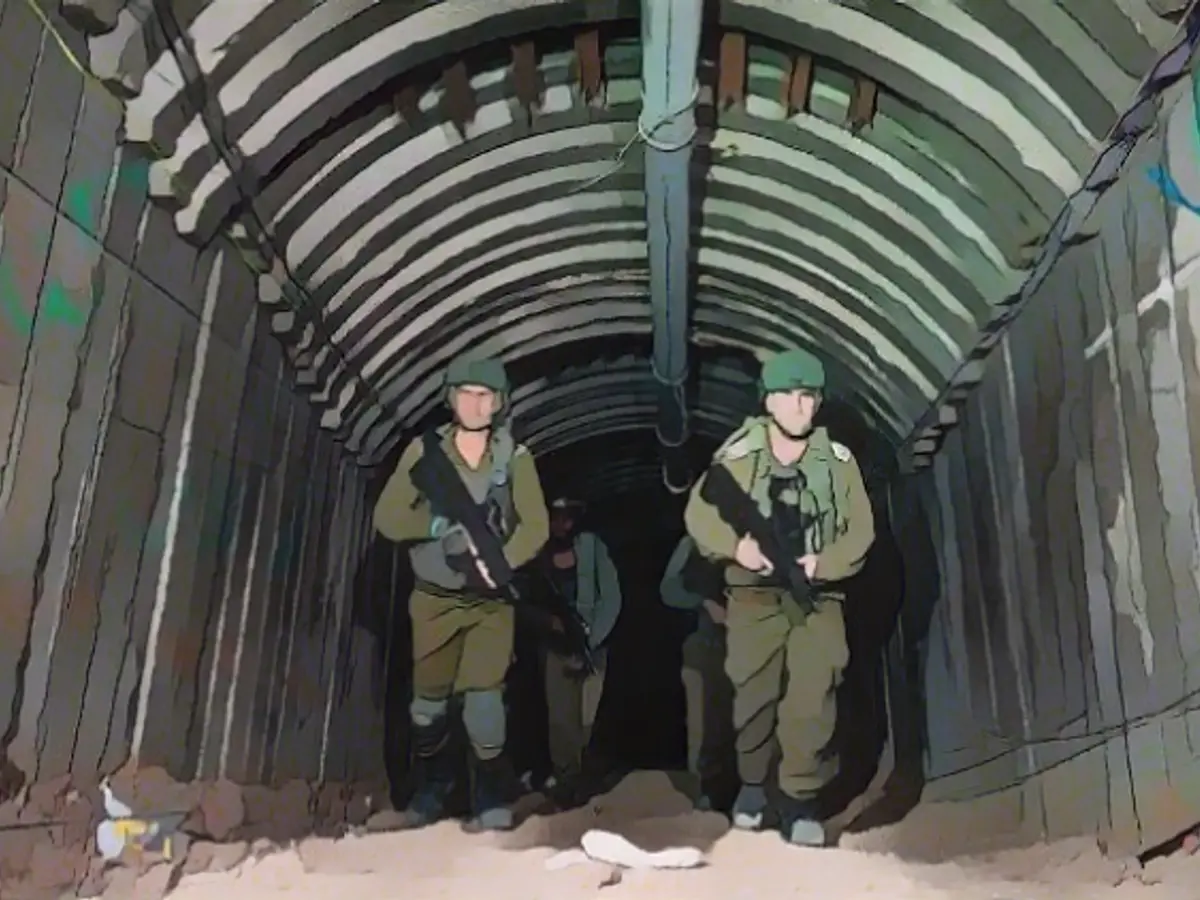Uncovered Plans Reveal Years of Hamas Attack Preparation in Israel
In a surprising turn of events, the bodies of slain Hamas members have yielded evidence that points to years of meticulous planning for a large-scale attack on Israel by the radical Islamic group. Data and documents found among the deceased fighters have left experts baffled at the Israeli security forces' apparent lack of awareness or dismissal of this looming threat.
Israeli Intelligence Unaware of Years of Planning
Hamas had seemingly prepared the devastating assault with precision, leaving no stone unturned. Detailed sketches of attack targets, extensive weapon lists, and schedules were discovered among the captives and killed members of the militant organization.
"The level of intricacy and advance preparation was what shocked us the most," an intelligence officer confided to journalists. A pair of anonymous intelligence reps detailed the findings at a press conference, sharing that the primary goal of the attack was to instill terror and sow chaos.
The wealth of data, sourced from cell phones, computers, tablets, GPS devices, GoPro cameras, maps, and notebooks, served as compelling evidence of years of planning for attacks on Israeli bases and kibbutzim.
The Amshat Taskforce Steps in
To uncover the full extent of the information gathered, Israel reactivated a military intelligence unit called Amshat. The team of analysts went to work, delving into the vast volume of Arab documents and decrypting millions of electronic data.
The resulting findings painted a chilling picture: a comprehensive battle plan, meticulously crafted by Hamas, that laid out the targets with shocking precision.
The Target: Nahal Oz Military Outpost
The investigators discovered that Hamas had kept intricate tactical plans for the Nahal Oz military outpost, which they infiltrated during their attack. Detailed satellite photos and exact plans of two other assaulted kibbutzim were also recovered from the bodies of Hamas fighters.
Hamas's Kidnapping Protocols
"Part of the training (for the attack) was how to take hostages," the officers stated. The attackers had been instructed in kidnapping techniques, with checklists and language guides serving as guides. Adult hostages were to be blindfolded and their hands tied, while those causing problems or attempting escape were to be eliminated.
Hamas's Motives Unveiled
According to the New York Times, Hamas intentionally escalated the conflict by carrying out the attack on October 7. Believing that violence would breathe new life into the faltering Palestinian cause, Hamas aimed to unite the Arab world against Israel. This calculated gambit, thus far, has resulted in mixed success.
Failure of the Israeli Authorities
The fact that Hamas had planned the attack for years sets off alarm bells, as the Israeli security forces appeared caught off guard at the onset of the crisis. This turn of events has spawned investigations into potential intelligence failures.
In December, the New York Times reported that Israeli intelligence had obtained a Hamas plan outlining an attack similar to that of October 7 more than a year prior. The intelligence service, however, deemed this scenario implausible.
Uncovered Documents Reveal Additional Information
A detailed map of the southern Gaza Strip was discovered during the investigation, which revealed previously unknown Hamas military installations. Additionally, images of tunnels in the Gaza Strip were found, suggesting that more than 500 kilometers of interconnected tunnels might exist.
In conclusion, the evidence gathered from Hamas members painting a horrifying picture of years of meticulous planning and preparation for a devastating attack against Israel has left experts scratching their heads over the apparent intelligence failures on the part of Israeli security forces.
Sources
Enrichment Data
- Israel's intelligence services had warnings of a significant operation against Israel carried out by Hamas, but these messages were largely ignored.
- Hamas utilized hardwired phone lines within their tunnel network to avoid surveillance, effectively keeping their communications a secret.
- A culture of conformity within the Israeli Defense Force (IDF) may have discouraged dissent and impacted the intelligence response.
- Simulated exercises of possible Hamas attacks found the IDF's Gaza division's response lacking.
- Funding and manpower dedicated to monitoring Hamas activities were reduced, causing a lesser focus on tracking potential threats.








